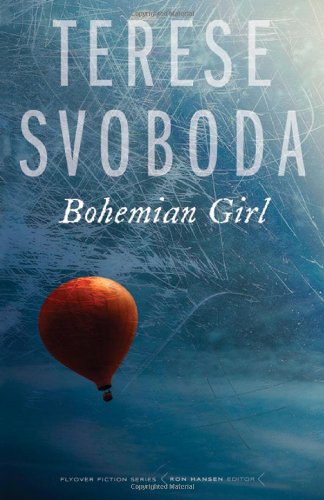Bohemian Girl
Young Harriet opens her story by telling the reader that her frequently gambling father “lost her on a bet.” One can hardly grasp this possibility when one learns she has been left with an Indian tribe, in particular with one member who is attempting to build sand, dirt, and clay mounds similar to the sacred sites he has heard about elsewhere. But Harriet is fearful because she’s also heard that all the humans who assisted in building other “mounds” were buried in them after their work was done.
There’s nowhere to escape, but finally Harriet manages to do so, traveling through a world in which she meets miscellaneous strange folks in the early days of America’s Civil War in the 1860s. Soon she travels with a Bulgarian girl, Sharon, and her baby toward what they believe is Florida. Strange tales follow of a large balloon falling out of a sky and being rescued by its owner, being locked in a stockade by a weird lieutenant, and others, “each one…carrying hope on the tails of violence, Mr. Lincoln’s war or the Indians’.” She will again meet the Indian who once owned her for a brief time. She will become a permanent mother to an innocent, wild boy, David; attempt to help runaway slaves and many, many others before the novel ends with her expressing her prayer, love, and protection for her own baby girl, Duschecka.
Terese Svoboda’s book has been called a parallel story to Willa Cather’s My Antonia. While it clearly contains the depiction of the multiple types of personalities of the American West, it carries its own unique literary flavor by interweaving darkness and light, tragedy and joy, ugliness and beauty in lyrical language that magnifies this panoramic journey.










